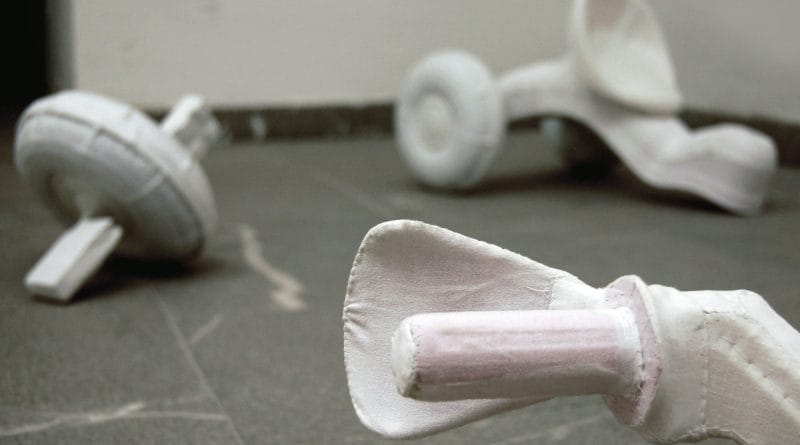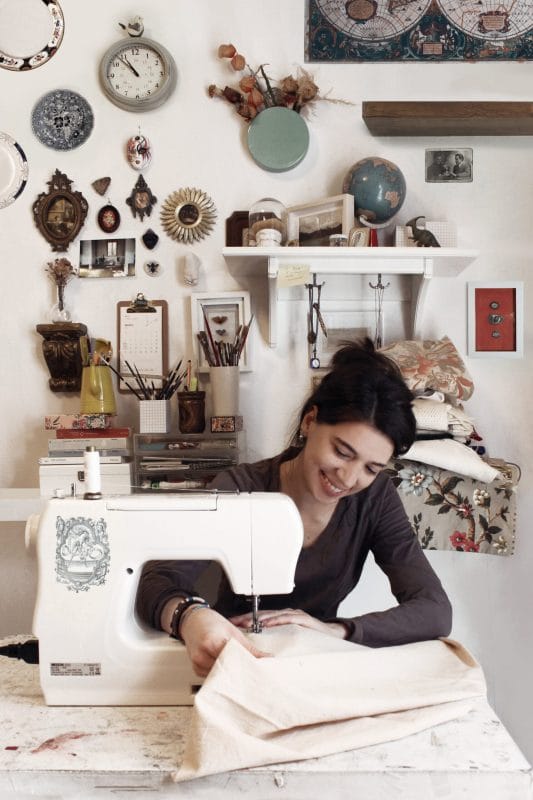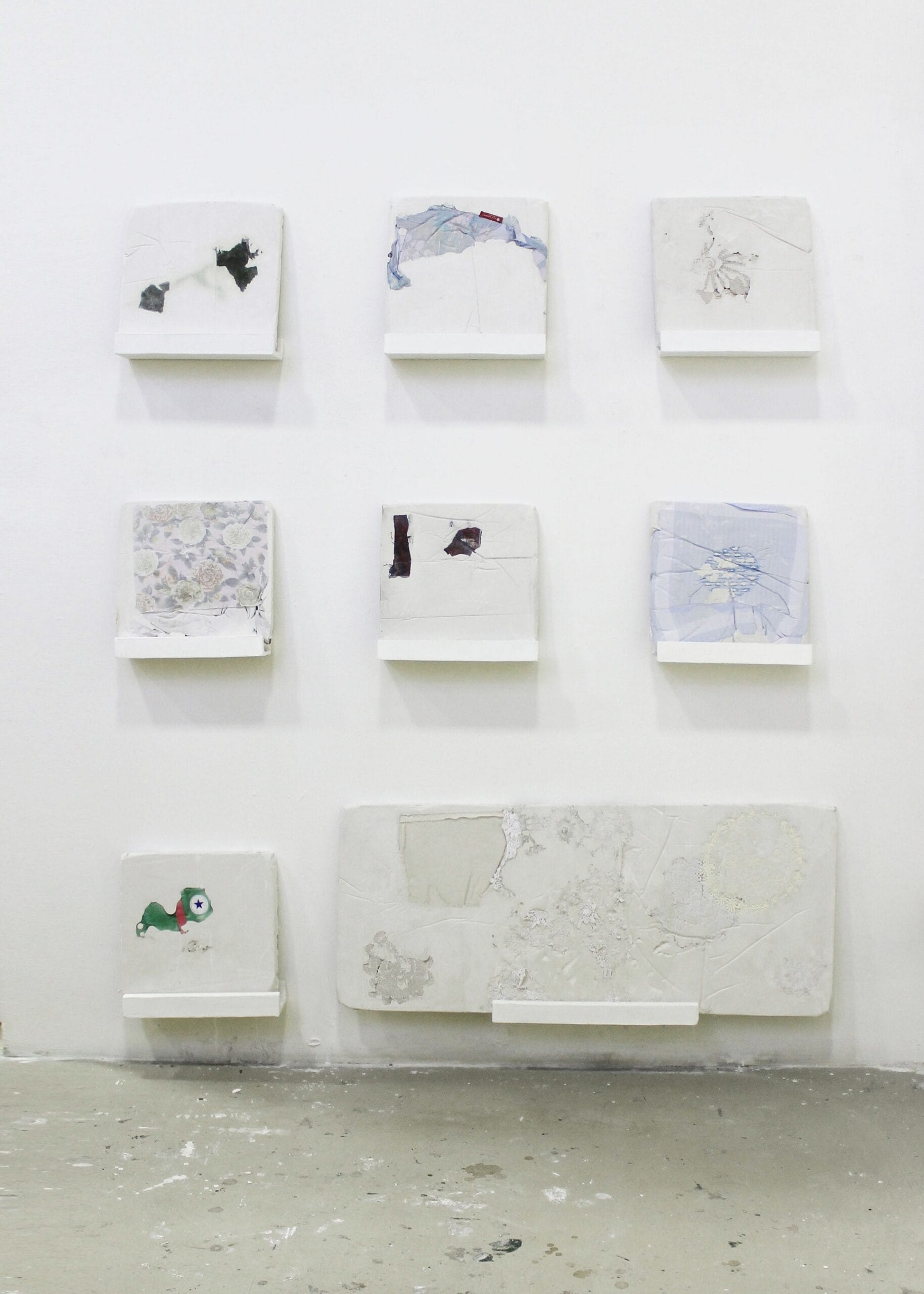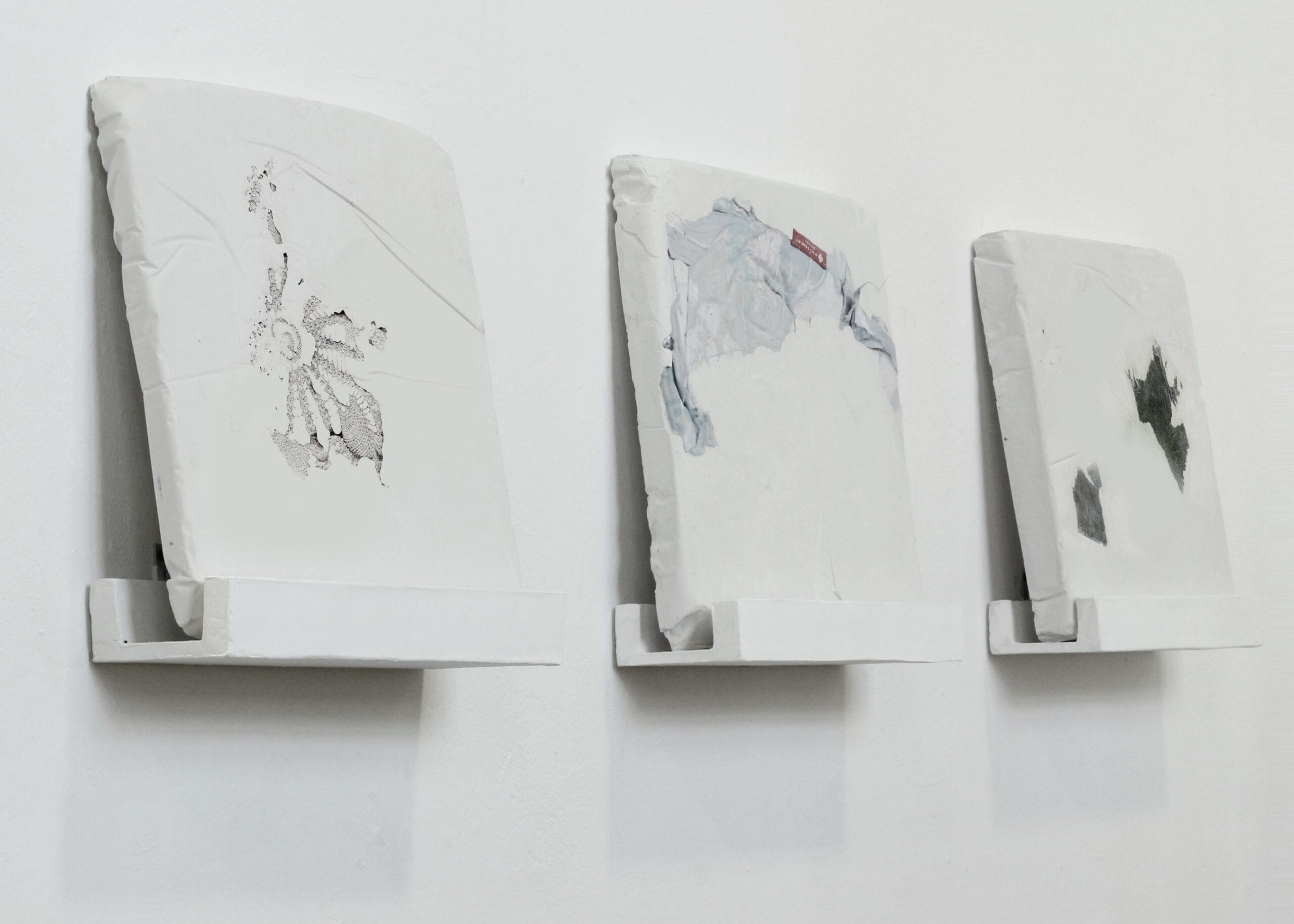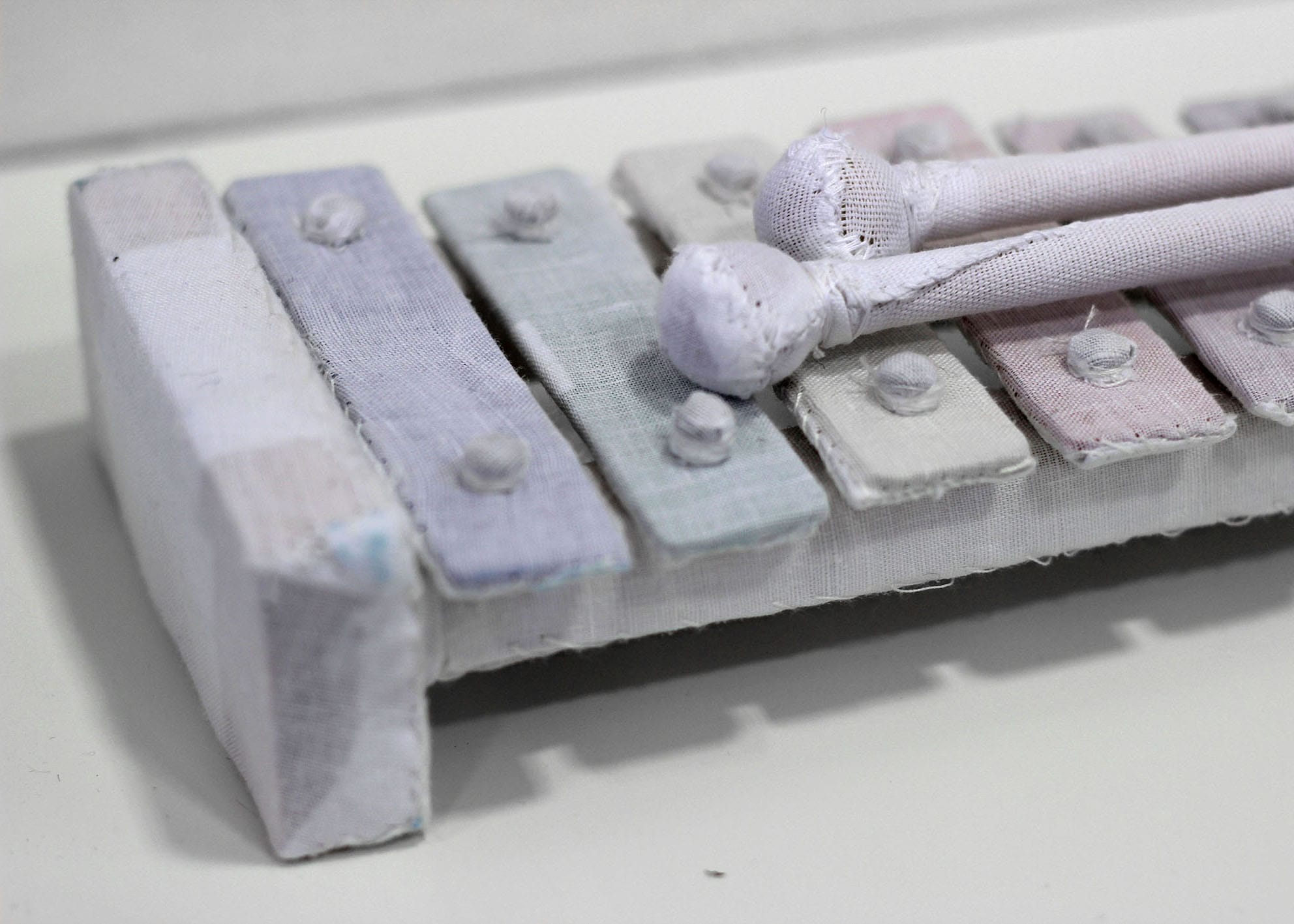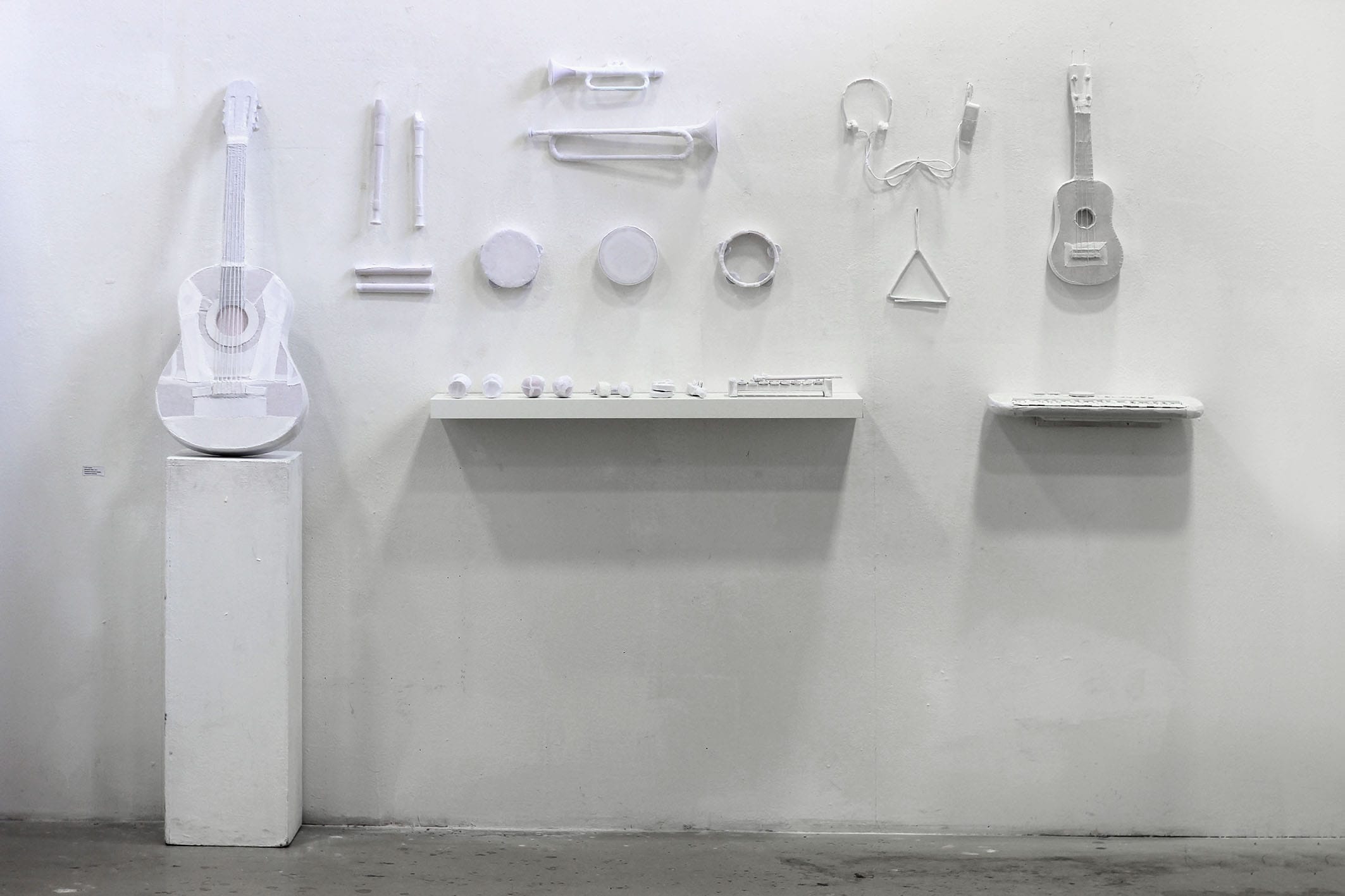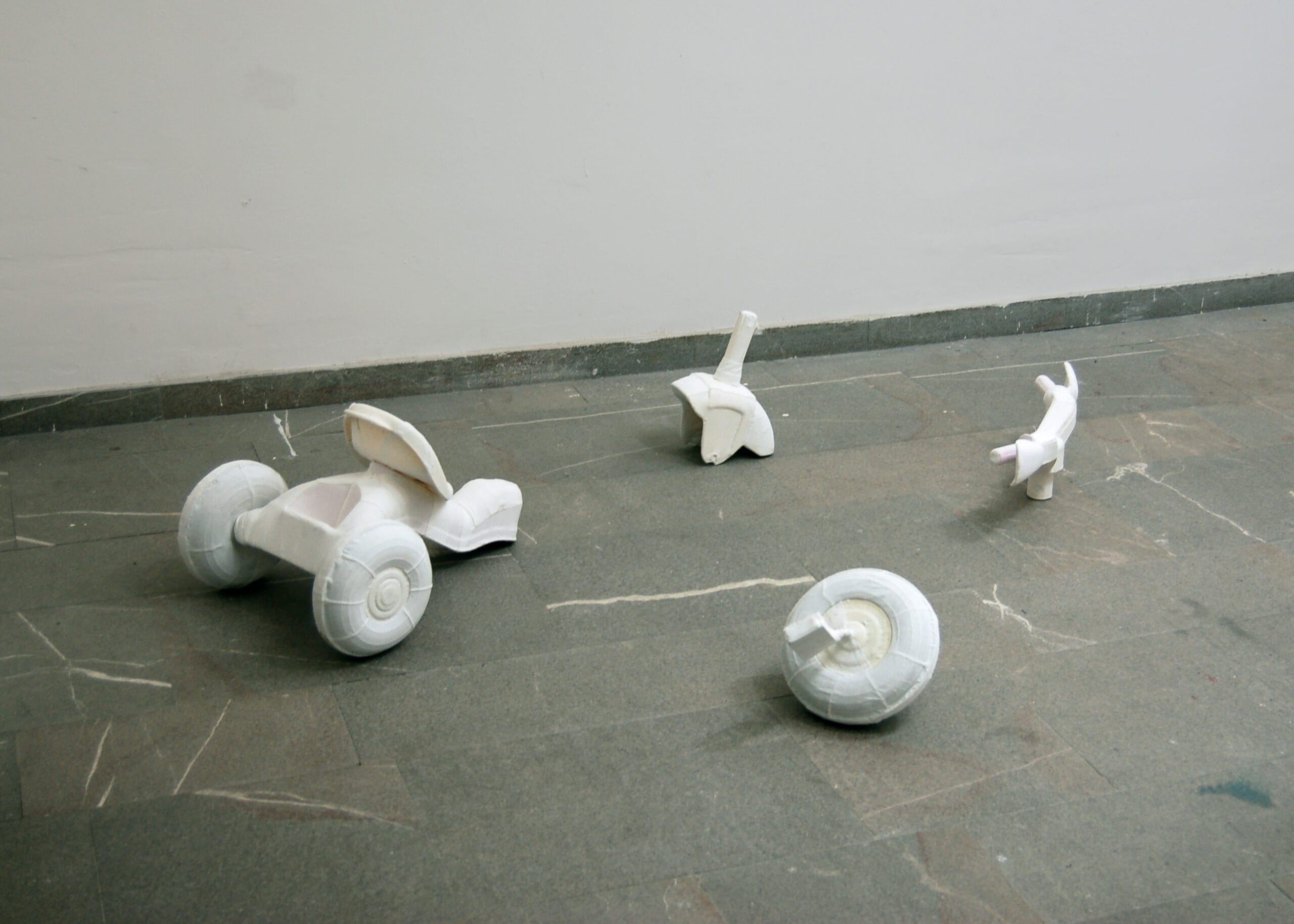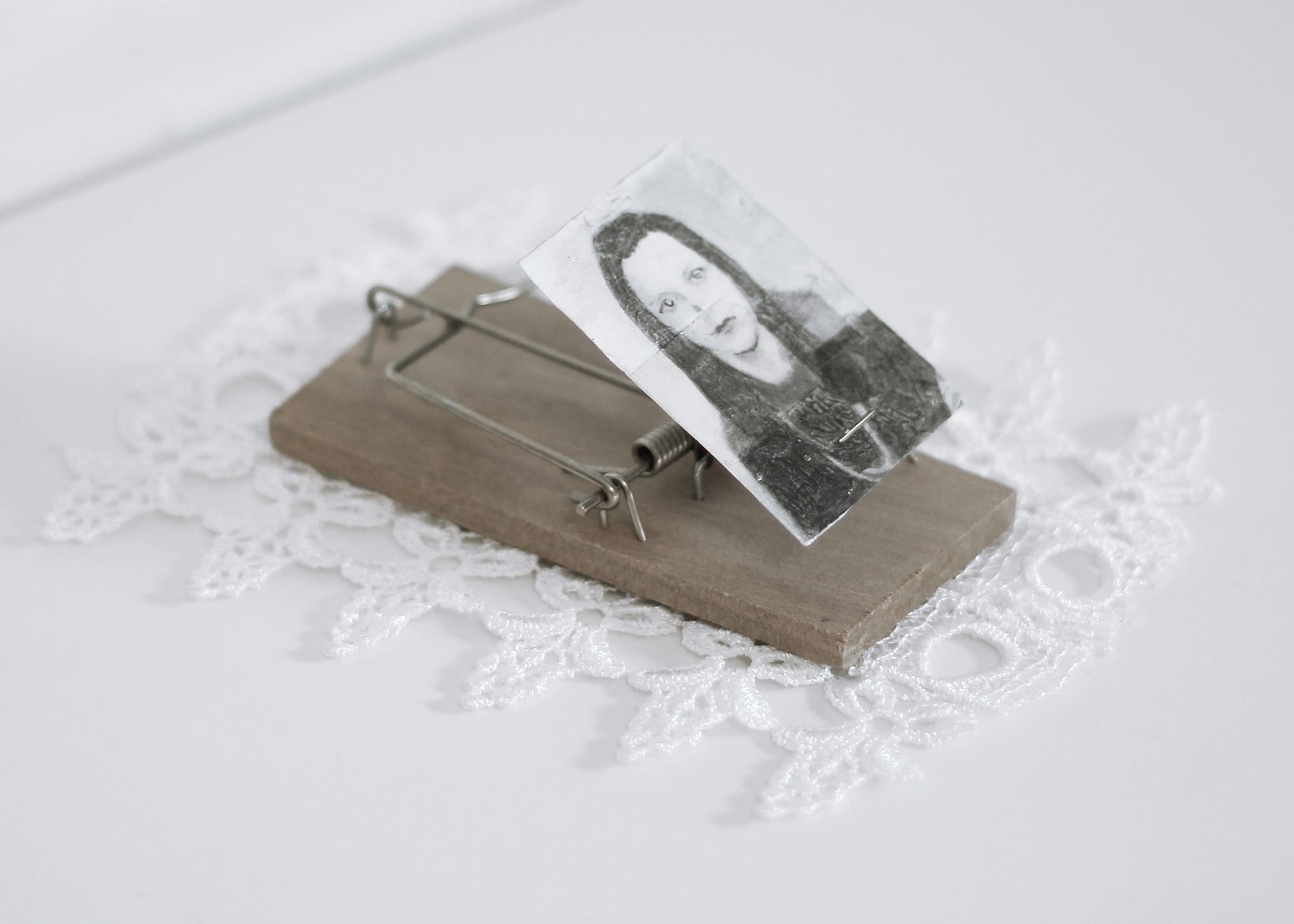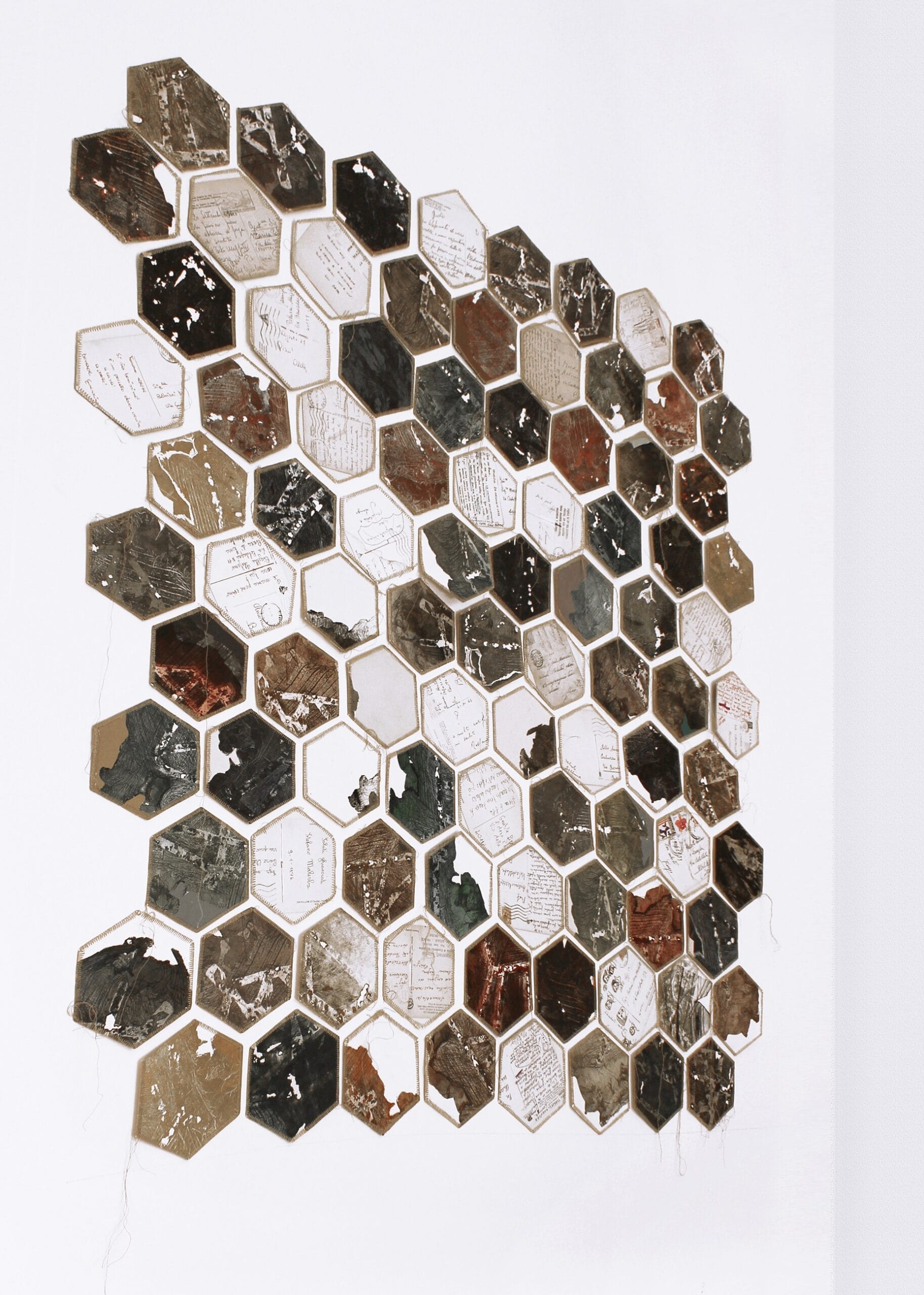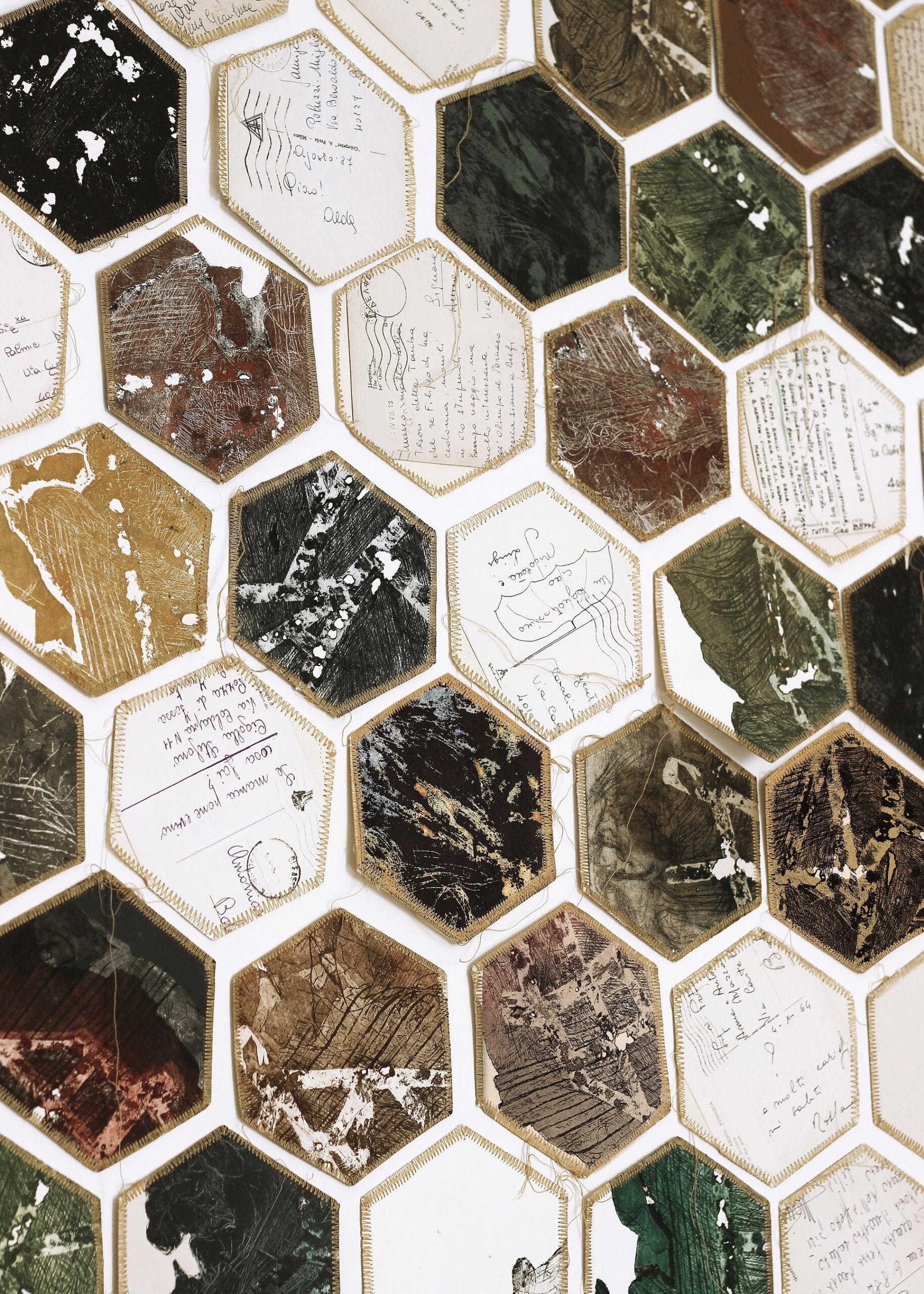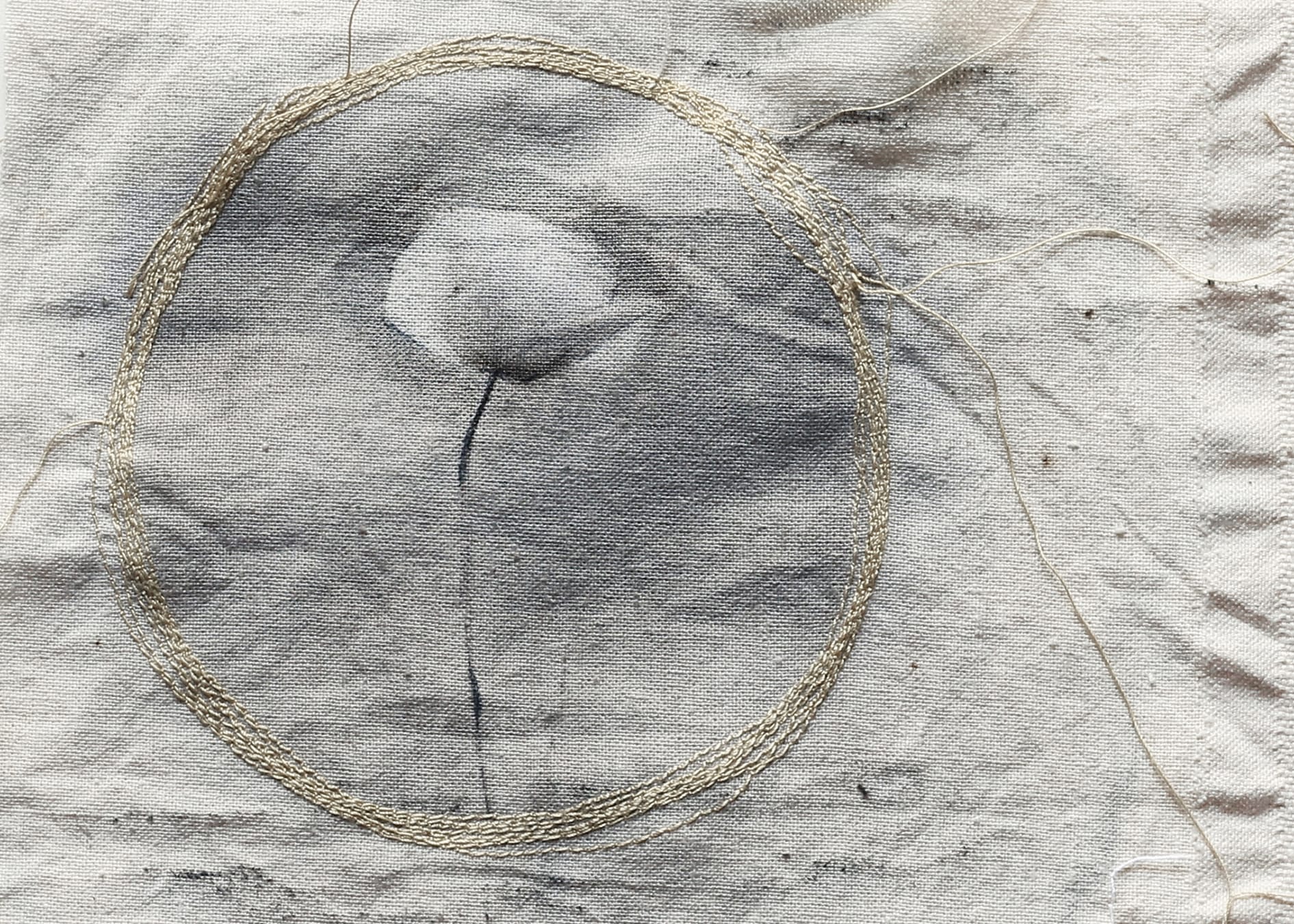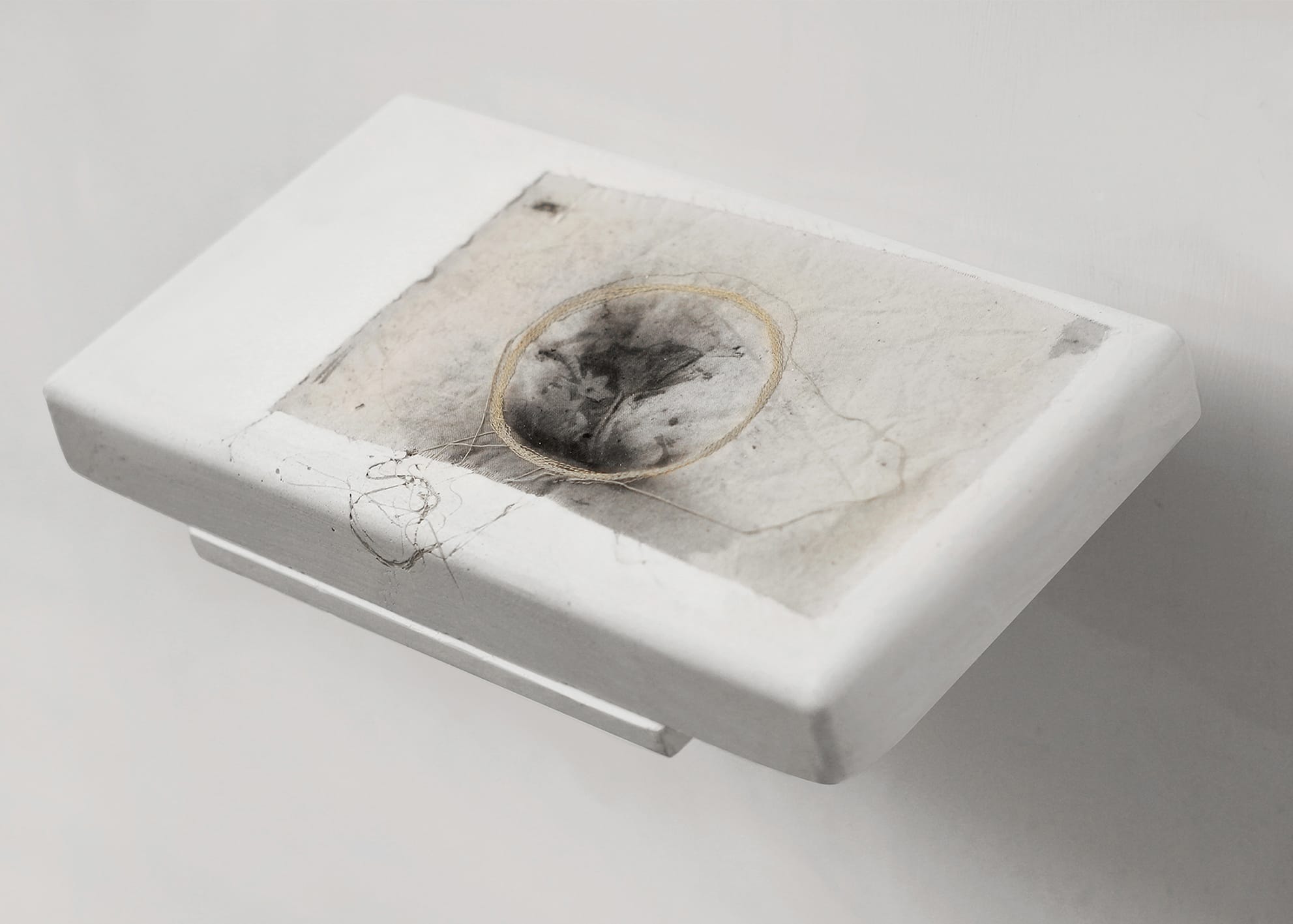Interview with Livia Ugolini
https://liviaugolini.wordpress.com/
Livia Ugolini, born in Bologna in 1989, graduated in Visual Arts at the Academy of Fine Arts in Bologna where she studied Textile Culture and experimental and traditional Chalcographic techniques with great interest. She won a scholarship at the Lisio Silk Art Foundation in Florence and subsequently studied the Techniques of the Ceramic Product at the Fistic Foundation in Faenza.
In your work you employ different techniques and materials, from chalcography to ceramics; fibers, threads and fabrics and the processes connected to them are however recurrent. Is this preference due to technical and functional reasons or does it also have other meanings?
I love to realize my ideas with the happiness of Doing, manipulating the material.
For me, materials have a great charm: I observe them, I caress them, I study their meanings to find the best functional use for my projects.
I approached textile art as a child, listening to the stories of my grandmothers as they sewed “state of the art” artefacts.
For me it was natural to imitate their gestures and sew doll clothes or embroider imaginary characters with dubious cross stitch.
Growing up I approached art and continued my training at the Academy of Fine Arts in Bologna where I experimented with techniques and materials, which allowed me to reflect both on the contents and in the design methodologies, seeking my personal artistic identity.
In your works personal experience becomes a universal reflection on issues such as death, fragility,1 the passage of time. How are your works born and how do they develop?
Feelings, emotions, memory and moods are the starting point of my research. I reflect on what holds and hides the memory and what threads move when this happens.
Precisely what happens to me, strong emotional impacts that reflect my urgency to investigate issues such as pain, memory, the need for overcoming and renewal.
I keep a logbook of my personal experiences and an archive dedicated to my creative process. I start a new project or find a way to continue a work that I had temporarily set aside, finding links between what I wrote and designed, even after a long time.
LACRIME CHE SANNO DI STANCHEZZA (TEARS THAT KNOW OF TIREDNESS), 2020
Lost hair sewn on fabric, Ø 20 cm
In some of your installations – for example “Get back into the game” or “Guardian angels” – the fabric has a “protective” function, it guards and protects the memory and soul of the objects. In other works, you entrust your ‘words’ to this medium to be preserved. Is there a saving dimension of the ‘textile material’ in your works?
In my opinion, the textile material is suitable to convey a sense of suffering, fragility, but also of rebirth and overcoming.
Textile practices require slow and repetitive gestures that lead to a process of purification and regeneration. For example, with some hair lost during a difficult period, I embroidered “Tears that taste of tiredness” on fabric, to express a state of mind tormented by a past that I cannot accept to regain inner stability.
Instead, bandages heal and protect wounds in an attempt to harmonize states tending to collapse. Getting back into the game is a work made up of pieces of an old shattered tricycle, covered with fabric. The possible variations in shape represent the search for new possibilities of reconstruction even when everything seems lost.
Angeli Custodi proposes a set of musical instruments set aside and unused covered with sewn and embroidered fabric. Here, the act of covering alludes to preserving the stories and sounds of those who once held them in their hands and while we look at the past we give life to what will later be.
With plaster, make some of your fabric works rigid, thus obtaining hard sculptures but with a soft soul. This ‘duality’ between appearance and essence is also one of the themes that you investigate in works such as “One Another” or “Double Bind”. Do you want to talk about it?
The theme of the double fascinates me because it reflects the complexity of reality, which reveals itself, in the folds of everyday life, in all its poetry and its crudeness.
Double Bind reflects on family ties that sometimes turn out to be double-edged relationships: just as the cheese on a trap appears attractive, but fatal to the mouse, so can some people in our lifetime prove themselves.
Each other investigates the double meaning of the sexual act: source of pleasure and at the same time reproductive act.
What interests me is the double side of the coin and the ambivalent meanings within many realities such as well-being in intolerance, care and harm, the maternal side and the darker side, the presence in the absence.
“Geo_grafia” is your latest installation, presented at Paratissima Turin 2019. A work that speaks of travel, adventures and dreams, of distant places and places to visit. Then came 2020, the pandemic, the lockdown. How did it affect your work? And how do you reinterpret that work in light of the events of the past year?
Until December 2019, we thought we were living in an eternal present, free to move anywhere without limits or restrictions, living as if nature had no rules to respect.
Then the arrival of a virus, microscopic in size, reminded us that we are mortal and shopping has become a unique experience worthy of an extraordinary anthropological study.
In Geo_graphy maps and embroidered postcards hypothesize imaginary connections, travels and adventures in distant places and now I wonder, when we will be able to return to travel and move freely: for now I console myself with the imagination and reflect on the new relationship models within which we inscribe our days.
The lockdown gave me the opportunity, at a very high but also painful price, to take the time to look myself in the face and question the choices I made. I felt, more than ever, the need to slow down, giving value to what is ordinary, banal, ephemeral with the will to grasp the ‘subtle’ in a daily life that has been broken!
What project are you working on and what are the appointments scheduled in the near future?
Prints on embroidered and sewn fabric are the main ingredients of my latest project that reflects on the double intrinsic character of spontaneous flowers, fragile and resistant at the same time: for example, the poppy vanishes in a moment if you caress its petals, but it has the strength to live along the tracks or on the sidewalks.
Right now I really miss the discussion and critical exchange with other people, whether they are friends, students or professionals; I consider each meeting an added value functional to good personal and collective growth.
I always have a great desire to learn and question myself: I continue to pursue my passions and carry on my artistic research, with the hope of exhibiting and participating in workshops or artistic residencies appreciating, even more, every single moment.
